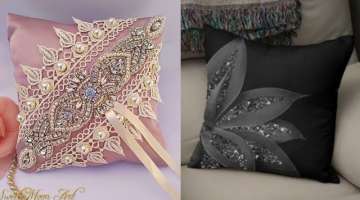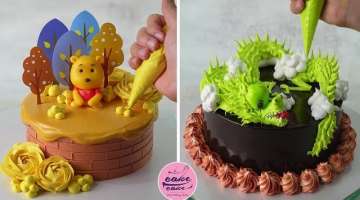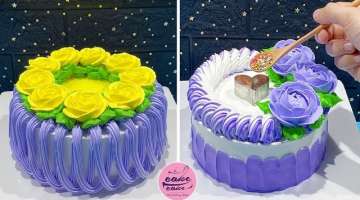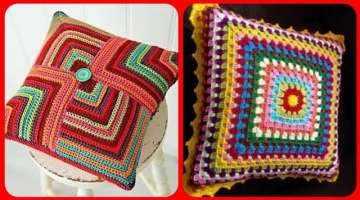7 Scandinavian Home Decor
Scandinavian home decoration style, one of the most popular decoration styles of today's time period, has been included in our lifestyles since the mid-20th century.
- 1 | 8

In this style, which generally has simplicity, comfort, comfort and minimalist approach style, the main purpose is to show the pragmatism approach of the user mass in interior decoration.
- 2 | 8

Scandinavian decor has become a global phenomenon. Beloved for its simplicity, function, and connection to the natural world, this style of interior design offers understated elegance to residential and commercial spaces alike.
- 3 | 8

Scandinavian design grew largely out of a demand for functionality, where the harsh winter climates of Northern Europe drove those who lived in this area to value utility over decoration. This deference to functionality was also an important ideal of the Bauhaus movement, which had been influential in the development of Scandinavian
- 4 | 8

Equally instrumental in the development of Scandinavian design was the work of then-editor of House Beautiful magazine Elizabeth Gordon. In 1954, Gordon arranged “Design in Scandinavia,” a traveling exhibition of the best design the collective nations had to offer and became instrumental in championing the movement.
- 5 | 8

Scandinavian design often boasts a neutral-heavy color palette. Because winters are long and dark in Northern Europe, Nordic design utilizes whites, greys, and tans to make a space feel uniform and bright. Often, accents of blue and other bold colors are incorporated loosely throughout.
- 6 | 8

Natural lighting is used to make a space feel bigger and brighter. White walls emphasize available light, and minimal use of window treatments allow natural light to illuminate spaces.
- 7 | 8

Scandinavian decor follows a “less is more” design mantra. In the 1950s and ‘60s, Scandinavian homes were traditionally small, so they didn’t allow for extravagant amounts of decorative items and accents. Thus, designers tend to avoid ornate or excessive detailing, and storage is wisely implemented.
- 8 | 8

Wood is often incorporated into the design of a space through walls, wood slats, and flooring. Wooden toys, like that of Danish designer Kay Bojesen’s iconic wooden monkey introduced in 1951, can also be placed around rooms as playful accents. Often, designers juxtapose the hard, dense material with rugs or sheepskin textiles to soften the feel of a space. In keeping with the light and bright aesthetic of Scandinavian design, light woods such as beech, ash, and pine are typically used most.



















